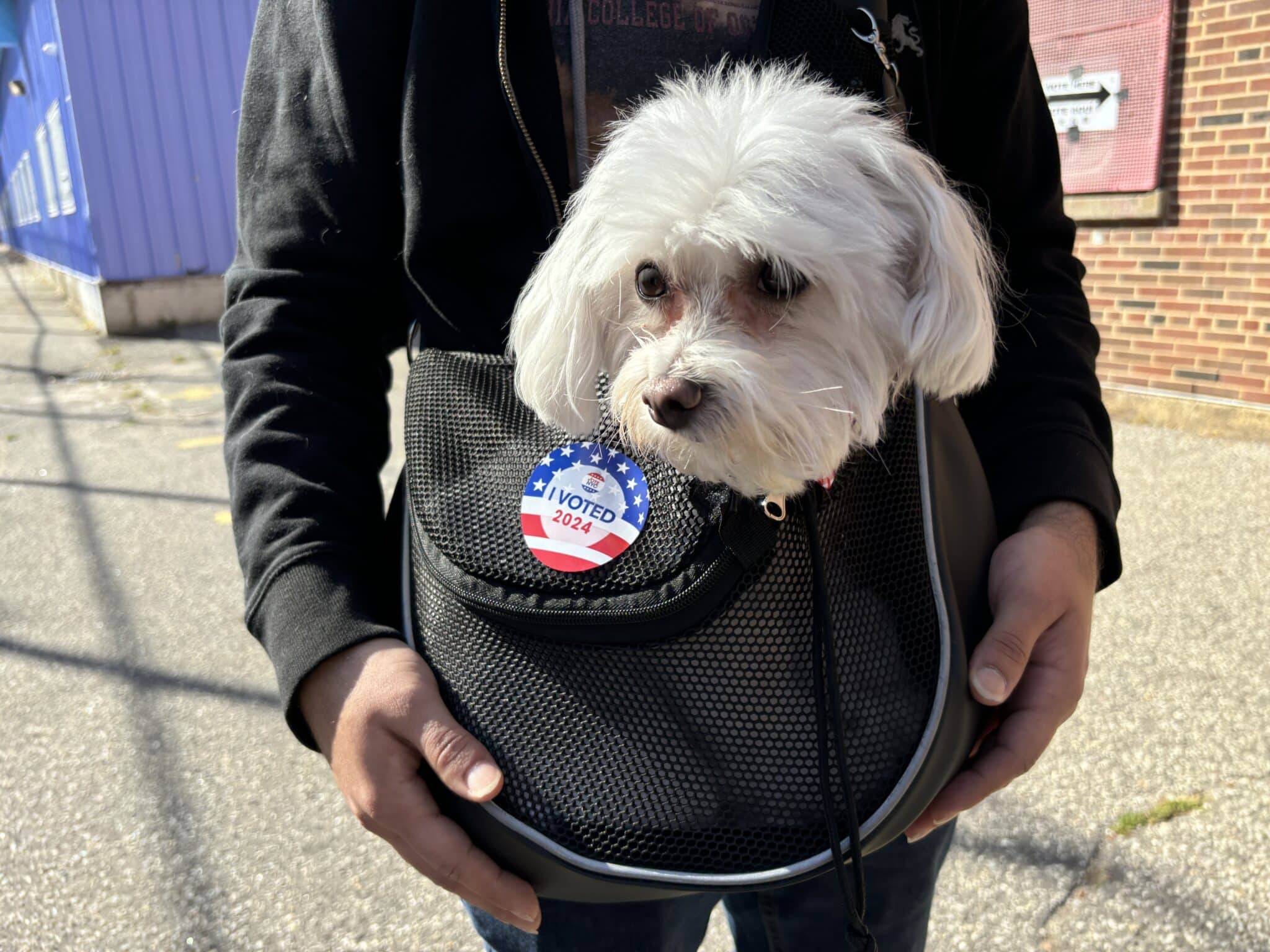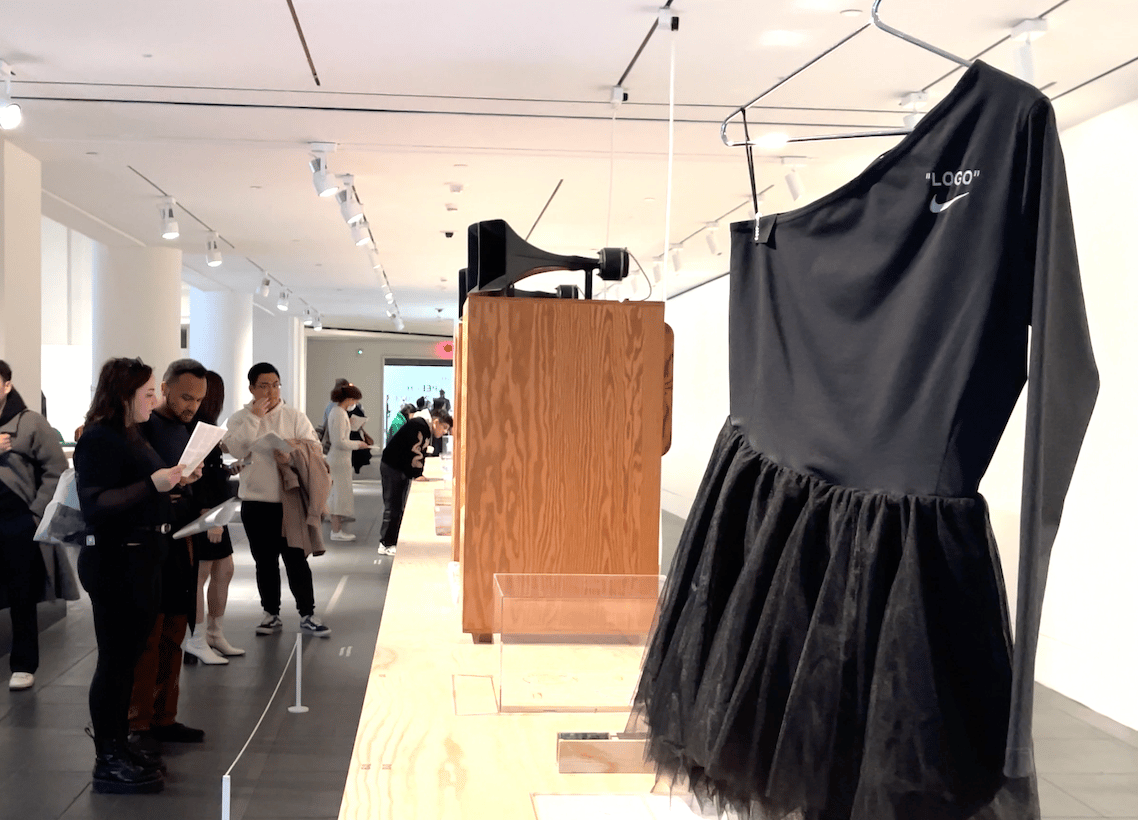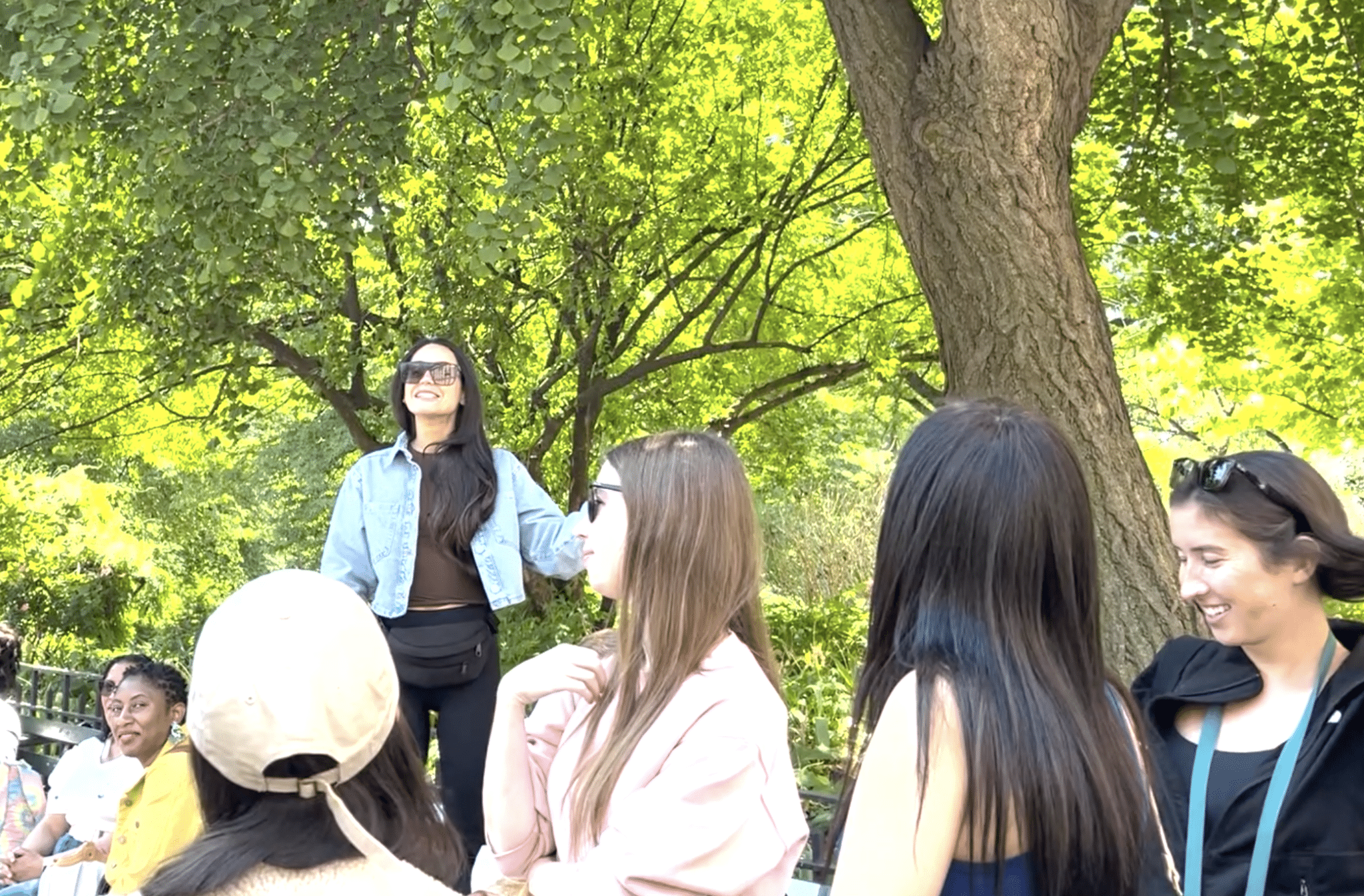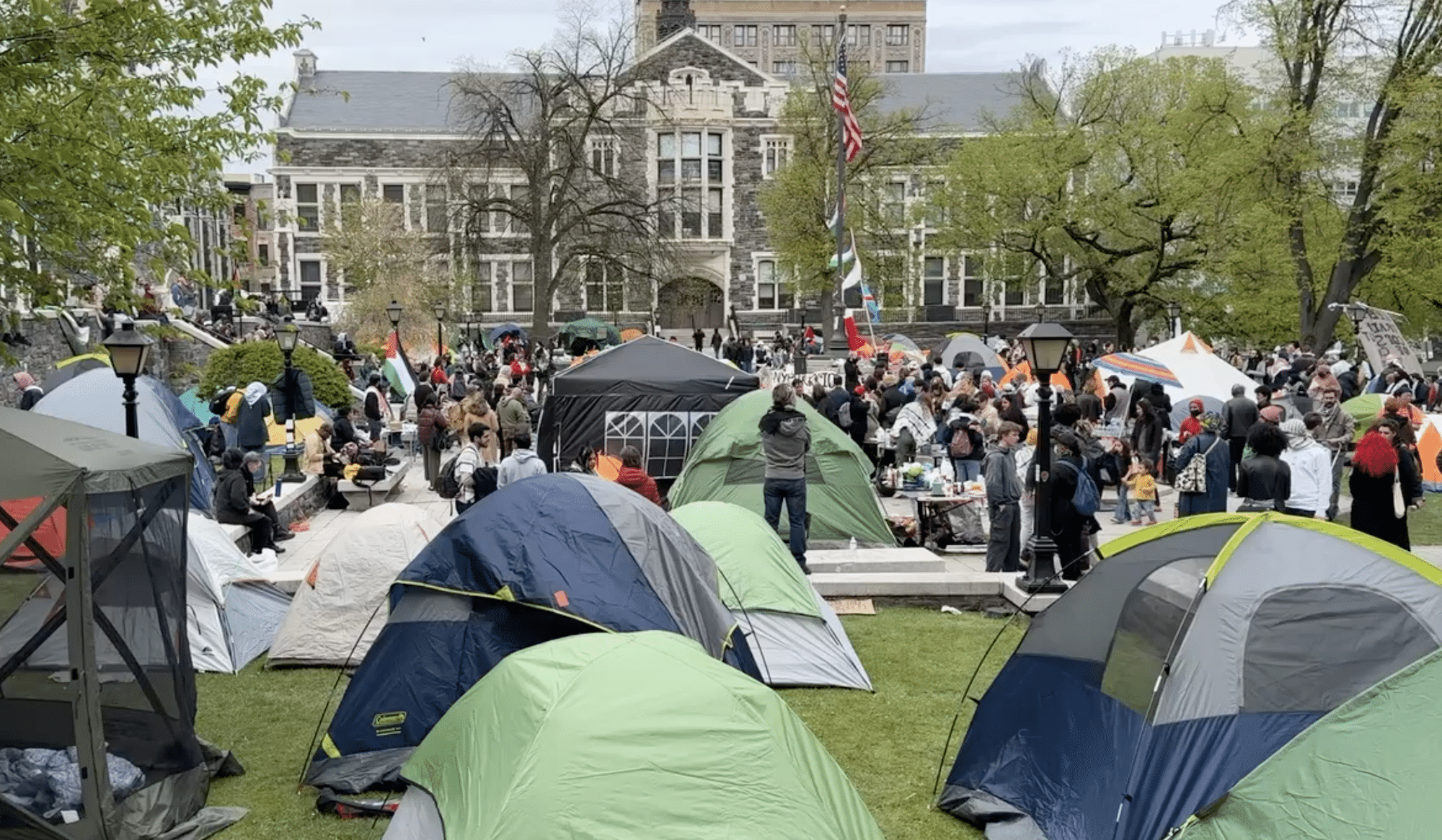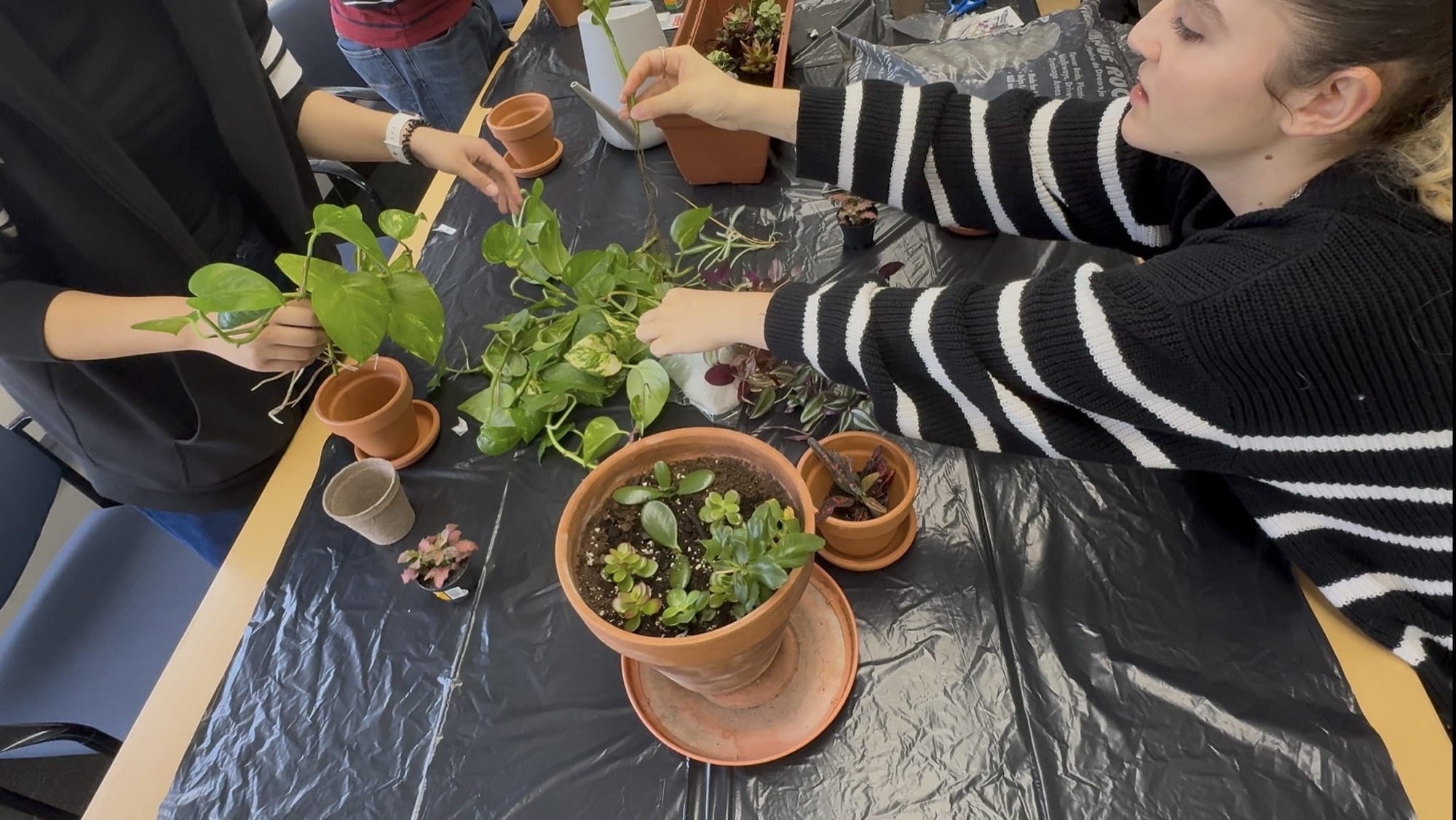Roosevelt Avenue, Jackson Heights, Photo in the Public Domain. Courtesy Wikimedia.
JACKSON HEIGHTS, Queens
“Things are calm now compared to January, but we are still anxious about the crimes happening over again,” said a Jackson Heights resident who did not want to give his name. A worker at a neighborhood grocery story called Ittadi added, “It is usually during the night time that things are skeptical. During the daytime, the block [Roosevelt Avenue] is crowded with a lot of people. So it is safe, but during night time it is unsafe.”
In recent years, Roosevelt Avenue became a hotspot for reported gang activity, prostitution, and drug trafficking. Public outcry led Mayor Eric Adams to launch Operation Restore Roosevelt, a public safety and cleanup initiative aimed at addressing illegal activity along Roosevelt Avenue. Operation Restore Roosevelt appears to have made a noticeable impact. Crime in the area decreased by 2o% from last year as of April 13, 2025, according to NYPD crime statistics from the 115 Precinct.
Despite the promising numbers, many residents still express concern and there have been robberies, assaults and burglaries. Some have made the news. A grandmother was attacked inside the Jackson Heights subway station on March 1. In an another incident in February a woman was groped outside the subway station at 47 Street and Roosevelt Avenue.
For many residents, the emotional toll, worrying about crime, has become overwhelming. Abrar, a former community youth leader and longtime Jackson Heights resident, said he no longer feels comfortable in the neighborhood he calls home.
Residents want a sense of security that comes from knowing that authorities are actively working to prevent crime, catch perpetrators, and hold them accountable. He points to crimes including a recent shooting in nearby Elmhurst. “I am not confident enough to walk around Jackson Heights like how I used to anymore,” Abrar said. “First, around 2020, I saw my uncle get flinched in the face, and now there is this shooting. I cannot believe I will say this, but me and my family need to move out of that area.”
His account reflects the sentiment of residents who believe that even isolated incidents can shift public perception and create long-lasting fear. While some community members support the idea of increased police presence, others are calling for a more balanced response that does not unfairly target vulnerable populations.
Public safety advocates suggest that true community safety comes from a combination of enforcement and investment in social programs. These include housing support, mental health services, and employment training for individuals at risk of falling into cycles of crime and homelessness. Community-based strategies such as improved street lighting, youth programs, and neighborhood watch groups may also help rebuild a sense of trust and stability.
“Crime is a complex issue,” said Abrar, “But if people no longer feel safe walking in their own neighborhood, then something deeper needs to change.”
Series: Community

